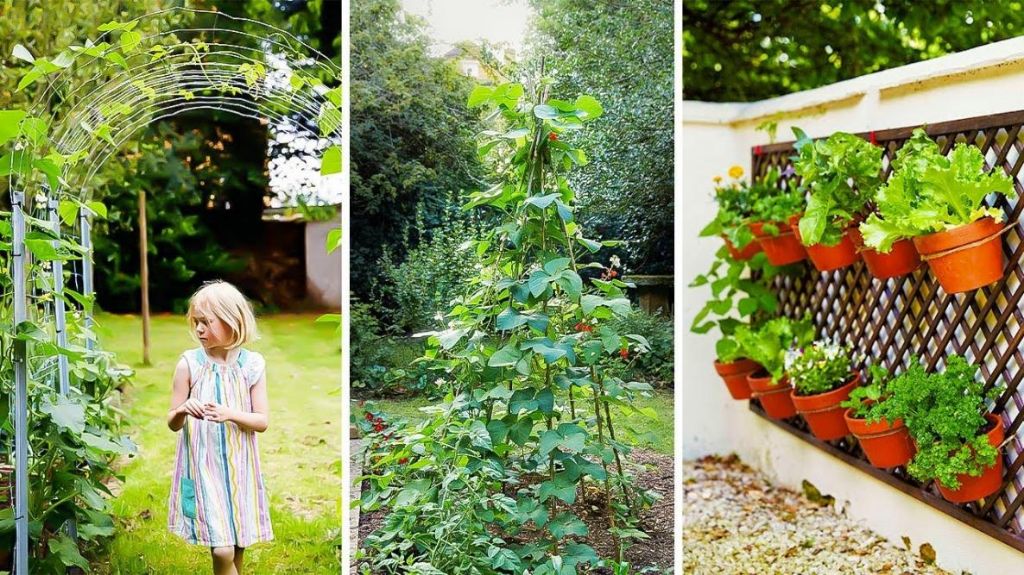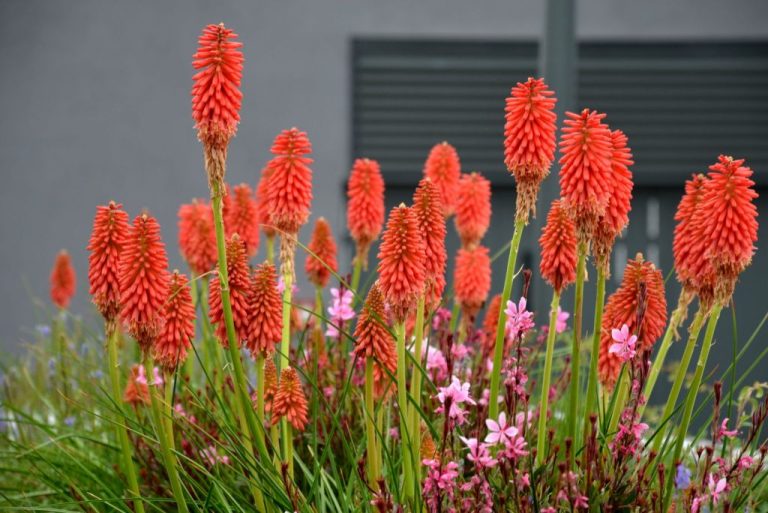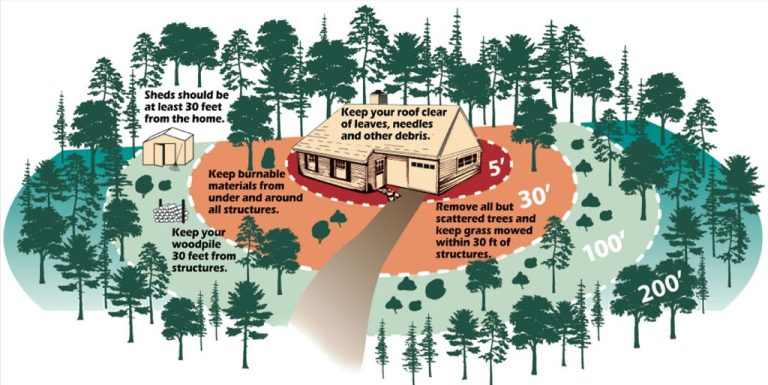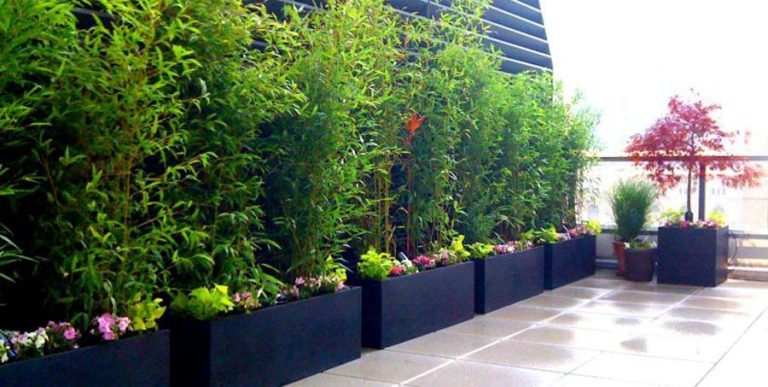Maximizing Small Spaces: Garden Design Ideas For Urban Dwellers
Urban gardening presents unique challenges due to limited space and restricted growing conditions. In cities, many dwellers live in apartments or condos with little to no yard space. Balconies, patios, and window ledges become the only options for growing plants. Yet urban gardeners have embraced creative solutions to maximize their small spaces and grow thriving gardens. With careful planning and smart design, even the tiniest areas can be transformed into beautiful, productive gardens.
This guide covers strategies and tips tailored for small-space urban gardening. By focusing on compact plant varieties, vertical growing, multi-functional furniture, and efficient layouts, urban dwellers can create flourishing gardens that bring joy, fresh food, and a connection to nature.
Benefits of Urban Gardening
Urban gardening provides many benefits, especially for physical and mental health as well as community building. Studies show that the physical activity involved in gardening can improve strength, endurance, and flexibility (Community Gardening: Stress, Well-Being, and Resilience). It also encourages people to spend more time outdoors getting exposure to vitamin D from the sun. Mentally, gardening activities have been linked to lower stress and anxiety levels as well as an increased sense of well-being (Urban gardening has taken root, and it’s time for cities to encourage new growth). The social interactions involved in community gardens can help reduce isolation and loneliness while fostering connections.
Assess Your Space
When designing a small urban garden, the first step is to take measurements of the space you have available. Use a measuring tape to determine the exact length, width, and any awkward angles or protrusions of the area. Be sure to sketch out a simple map with the dimensions noted for future reference.
Pay attention to sunlight patterns throughout the day. Gardens require at least 4-6 hours of direct sunlight daily for most plants to thrive. Track sunlight by observing the space and making notes through the day. Identify any fully shaded or partially shaded areas that may impact plant choices.
Take inventory of any constraints your urban garden space may have. Consider access points, locations of doors and windows, overhead obstructions like roof overhangs or balconies, slopes, drainage issues, existing plants or structures, and any regulations from landlords or homeowner associations. Carefully evaluate all these factors when assessing the usable garden space.
Thoroughly assessing your urban space will provide the information needed to maximize design and plant choices. As noted on the Bush Landscaping Services website, “The first step in designing a small urban landscape is to assess the available space and identify its potential.” https://bushls.com/maximizing-small-spaces-tips-for-urban-landscape-design/
Focus on Vertical Gardening
One way to maximize small spaces is by utilizing vertical gardening techniques. Vertical gardening involves growing plants upwards rather than outwards, taking advantage of vertical wall space. There are several vertical gardening methods well-suited for small urban gardens:
Trellises allow vining plants like beans, peas, tomatoes, and cucumbers to grow upwards. Install trellises along fences, walls, or poles. This adds height and takes up less ground space than sprawling vines.
Wall-mounted planters are containers attached to walls or fences. Choose lightweight planters and anchors suitable for the wall material. Add height by stacking planters or staggering them in a stair-step design.
Hanging pots work especially well for compact patios and balconies. Use single pots or hang a series at different levels. Go for lightweight pots and sturdy hooks rated for the weight. Fill with trailing or cascading plants like ivy, fuchsia, and petunias.
Vertical gardening multiplies planting space in small urban gardens. Focus on trellises, wall planters, and hanging pots to grow upwards and maximize limited ground area. For more tips, see this guide to vertical gardening.
Choose Dwarf Varieties
When gardening in a small urban space, choosing dwarf or miniature varieties of vegetables and fruits can maximize yields without taking up too much room. Many seed companies now offer dwarf cultivars of popular garden vegetables. Some good options for small spaces include:
- Dwarf tomatoes – Try cultivars like ‘Tiny Tim’ which only grows 12-18 inches tall but produces flavorful cherry tomatoes (https://www.finegardening.com/article/have-a-small-space-garden-try-dwarf-vegetable-varieties).
- Dwarf cucumbers – ‘Spacemaster’ is a compact bush cucumber that only spreads 2 feet wide but produces 8-inch long cucumbers.
- Dwarf peppers – Try patio-friendly peppers like ‘Munchkin’ sweet peppers which grow in containers as small as 5 gallons.
- Dwarf melons, pumpkins, and summer squash – Bush varieties like ‘Little Baby Flower’ summer squash take up minimal space.

When shopping for seeds, look for words like “dwarf,” “bush,” “patio,” “miniature,” or “container” to find vegetables bred specifically for small spaces (https://www.almanac.com/dwarf-and-mini-vegetables-and-fruit-containers). With the wide variety now available, you can grow compact yet productive gardens even in urban settings.
Use Multi-Functional Furniture
One of the best ways to maximize small outdoor spaces in urban areas is through multi-functional furniture. This furniture serves multiple purposes, allowing you to get more use out of every piece. Some options for multi-functional patio furniture include:
Tables with built-in storage: Look for patio tables that have shelves or drawers built right in to provide extra storage without taking up more space. For example, there are tables with drawers underneath or shelves on the sides for storing gardening tools, books, and more. This saves room that would otherwise be taken up by separate storage units.
Modular furniture: Items like sectional seating or ottomans with flip-up tops allow you to change the configuration for different uses. Modular furniture can transform from a cozy conversation area to extra dining space as needed.
Convertible furniture: Convertible patio furniture transforms for different functions. An example is a table that folds out into a bench or chair that also turns into a little side table. This furniture morphs to serve multiple roles.
Creative multi-functional furniture is key for small urban gardens. Look at every piece of furniture as an opportunity to add functionality through storage, flexibility, and mobility. This allows you to get more use out of less space.
As this article notes, “Modern multi-functional patio furniture is designed with both aesthetics and functionality in mind. These pieces are not only practical but also provide a chic look for small spaces.”
Employ Creative Designs
When working with a small urban garden space, it’s important to get creative with your design to maximize functionality and visual appeal. Some creative techniques to consider include:
- Unique pathways – Winding or curved paths that snake through your garden can create additional interest and a sense of exploration compared to straight walkways. Use different materials like stepping stones, pebbles, bricks, or wood to define your path.
- Archways – An arched trellis or arbor entrance to your garden immediately draws the eye in while taking up minimal space. You can also add vines or hanging flowers to the top of the structure.
- Multi-level beds – Tiered or stacked planter beds allow you to grow more plants vertically. Try staggering heights and shapes for visual dynamism.
Employing creative touches like these helps distinguish a small urban garden from a cookie-cutter yard. With clever use of hardscapes and greenery, you can craft an inviting, multifunctional oasis.(1)
Select Low-Maintenance Plants
When designing a small space garden, choose plants that require minimal care and maintenance. Low-maintenance plants are ideal for urban gardeners who have limited time to devote to upkeep. Focus on plants that are perennial, succulents, and self-seeding annuals.
Perennials only need to be planted once and will come back year after year. Popular perennials like lavender, sage, thyme, and ornamental grasses are drought tolerant and don’t require much watering or pruning. Herbs like oregano, chives, and rosemary also make great low-maintenance additions to small space gardens.
Succulents, such as jade plants, aloe vera, and cacti, are excellent low-maintenance plants for small spaces with limited watering options. They do well in dry conditions and their thick leaves and stems store water, so they don’t need frequent watering. Many succulents are small in size, which is perfect for tight urban spaces. Refer to sources like Create a Green Oasis with These Easy-to-Care-For Plants for recommendations on specific low-maintenance succulents.
Self-seeding annuals like cosmos, calendula, and nicotiana will reseed themselves each year, eliminating the need to replant. As long as the seeds are allowed to drop in the fall, these plants will pop up on their own the following spring.
Choosing the right low-maintenance plants is key to creating a small space garden that doesn’t require constant upkeep and attention.
Manage Water and Drainage in Your Urban Garden
Water and drainage are important elements to consider when growing plants in an urban environment. Proper irrigation and drainage help ensure your plants get the right amount of moisture to thrive. Here are some tips for managing water and drainage in a small urban garden:
Install an irrigation system like drip irrigation or soaker hoses to efficiently deliver water right to the roots where it’s needed. Make sure to use timers to automate watering and avoid overwatering problems. Group plants with similar water needs together for easier irrigation control (cite source).
Create graded garden beds that slope slightly to one end. This helps excess water drain off to avoid puddles or overly soggy soil. Amend soil with compost to improve drainage. Direct downspouts into gravel-filled trenches to capture roof runoff for garden use.
Collect rainwater from downspouts in rain barrels. Store this free soft water source to irrigate garden beds later. Just be sure to cover or screen rain barrel openings to keep out bugs and debris (cite source).
Proper watering and drainage helps avoid problems like root rot and allows urban gardeners to successfully grow plants even in small outdoor spaces.
Conclusion
Urban gardeners face unique challenges when it comes to maximizing their limited outdoor spaces. However, with some creative design solutions, even the smallest urban patios, balconies, and rooftops can be transformed into beautiful, functional gardens.
The key is choosing the right strategies for your specific space. Focus on vertical gardening structures like tall trellises and wall-mounted planters to make the most of vertical real estate. Pick compact, dwarf plant varieties that don’t require much horizontal space. Use multi-functional furniture like pots that double as benches or tables with built-in planters. And don’t forget to incorporate useful design elements like automatic irrigation systems, drainage solutions, and spaces to store tools.
With the right combination of these space-maximizing techniques, urban dwellers can create abundant gardens that provide fresh produce, herbs, and greenery – no matter the square footage. The ideas and tips covered in this piece will help you design an urban oasis tailored to your unique space constraints.





